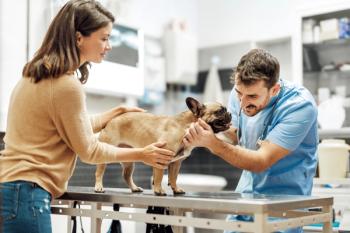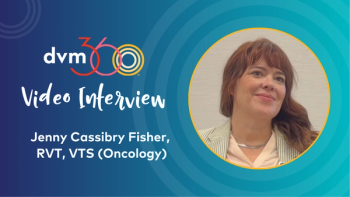
Talking to your veterinary practice's "mission-driven" clients
It can be a delicate balance to guide passionate community cat caregivers to providing basic standard care.
Many in the veterinary community were shocked when word spread that New York veterinarian Dr. Shirley Koshi took her own life in March amidst a nasty cat
Dr. Jeff Werber, owner of Century Veterinary Group, says veterinarians must try to build a relationship with these mission-driven clients if not only to achieve better care for cats, but also to avoid conflict. He’s not saying it’s easy, but if the stars align, it could mean new clients. And an imperfect client is better than a barrage of hateful online attacks any day.
Treating a bleeding heart
First, it might be best to simply accept the often-staggering difference in perspectives. Dr. Werber says mission-driven clients may see someone adopting cats just to release them into a park as heroic. There’s no thought to the dangers of outdoor or urban life for a domestic cat. Veterinarians may need to start a relationship within the confines of that perspective.
Help the client understand you’re on their side-you also want the animals to be happy and healthy. When it comes to treatment recommendations-your goals are the same-it’s with the sole intent to keep animals safe and healthy.
“You’re doing it as a team-you’re not putting them down, you’re not challenging them-you’re working with them,” Dr. Werber says.
When you face reluctance or skepticism, do your best to stay on these clients’ good side.
“If you challenge them, they’re going to rip you a new behind,” Dr. Werber says. And they’re not just going to tell people face-to-face. “Because of the Internet, they’re telling hundreds of thousands of people,” he says.
Dr. Leonard Donato, owner of Radnor Veterinary Hospital in Wayne, Pa., has less patience for “mission-driven” clients after he was targeted by a cat rescue group. He still works with four other area groups, but finds it frustrating to try to reason with clients who have contrary opinions when it comes to ownership responsibility and veterinary medicine.
“You can’t get through to them. They think they know better than everyone else,” Dr. Donato says. “They actually think veterinarians aren’t educated on the matter.”
Dr. Werber often looks for body language to clue him in on a skeptical client before conflict ensues. “If they’re letting me know they’re not buying my first option, before being shot down, I give them another option,” he says.
Education still works on mission-driven clients if teaching is built on a foundation of teamwork, according to Dr. Werber. He makes sure they understand that most vaccinations are given in a standard three-year cycle. Or, if a cat is indoors only and has been tested for leukemia, it won’t need a leukemia vaccination unless the municipality requires it.
He says sometimes you lose the battle to win the war. That may mean giving “rescue” rates for services, a multiple cat discount for exams for subsequent cats and providing basic care when you’d rather treat an animal with all veterinary medicine has to offer.
And when a stalemate is reached, Dr. Werber says to appeal to mission-driven clients’ compassion.
“’We don’t want to fight against you,’” Dr. Werber tells them. “’We want to work with you-you’ve got to help us. We’re in the same business-we’re in the business of saving lives.’”
Newsletter
From exam room tips to practice management insights, get trusted veterinary news delivered straight to your inbox—subscribe to dvm360.






